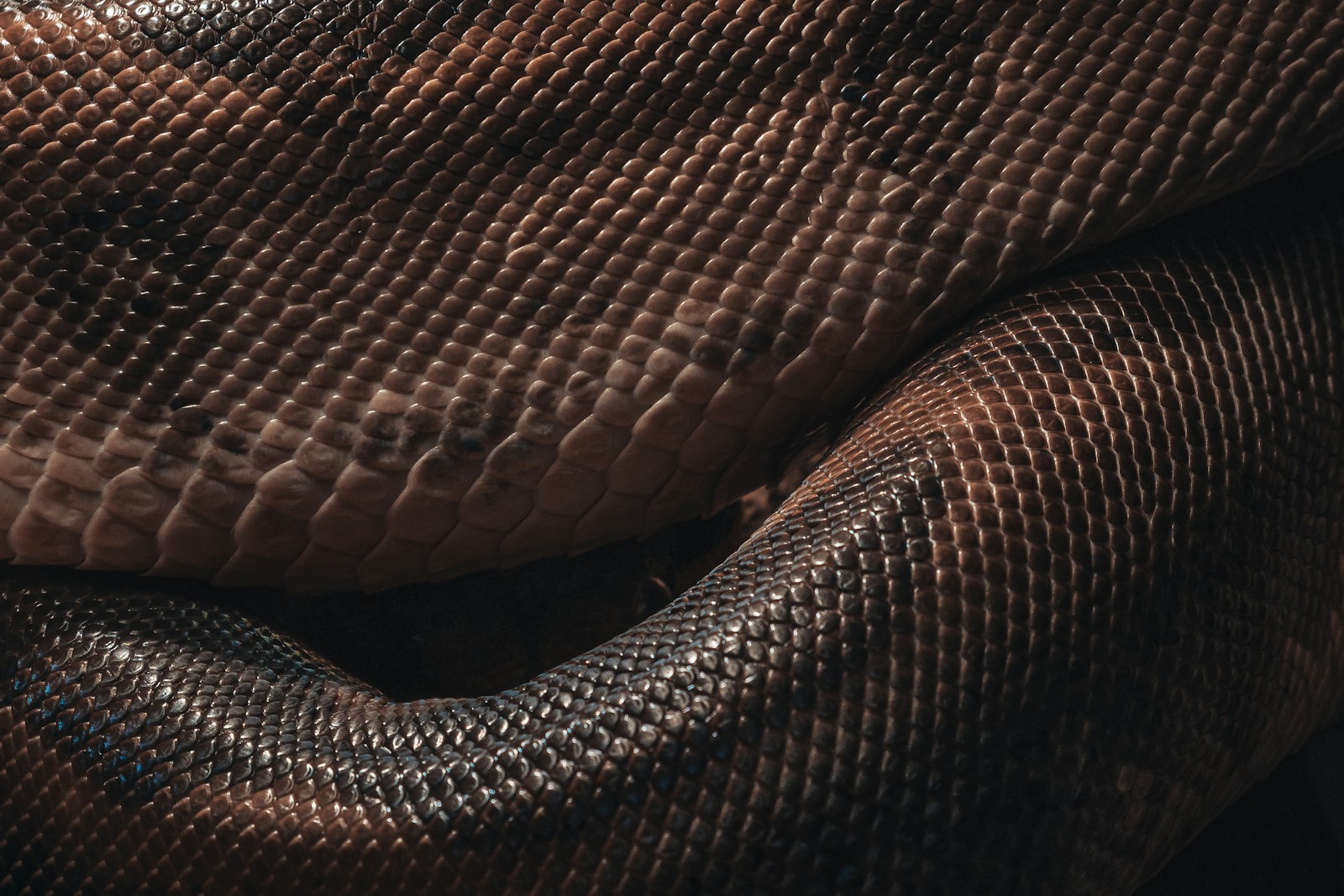In the mysterious world of reptiles, few discoveries have captured the imagination of scientists and nature enthusiasts quite like the snake that glows under ultraviolet light. This remarkable biological phenomenon, discovered relatively recently, adds another layer of wonder to our understanding of reptilian biology. The ability of certain snake species to fluoresce under UV light has opened new avenues of research into snake evolution, behavior, and adaptation. This article explores the fascinating world of biofluorescent snakes, delving into the science behind their glow, the species that exhibit this trait, and what this unexpected characteristic might mean for these remarkable reptiles in their natural habitats.
The Discovery of Biofluorescent Snakes
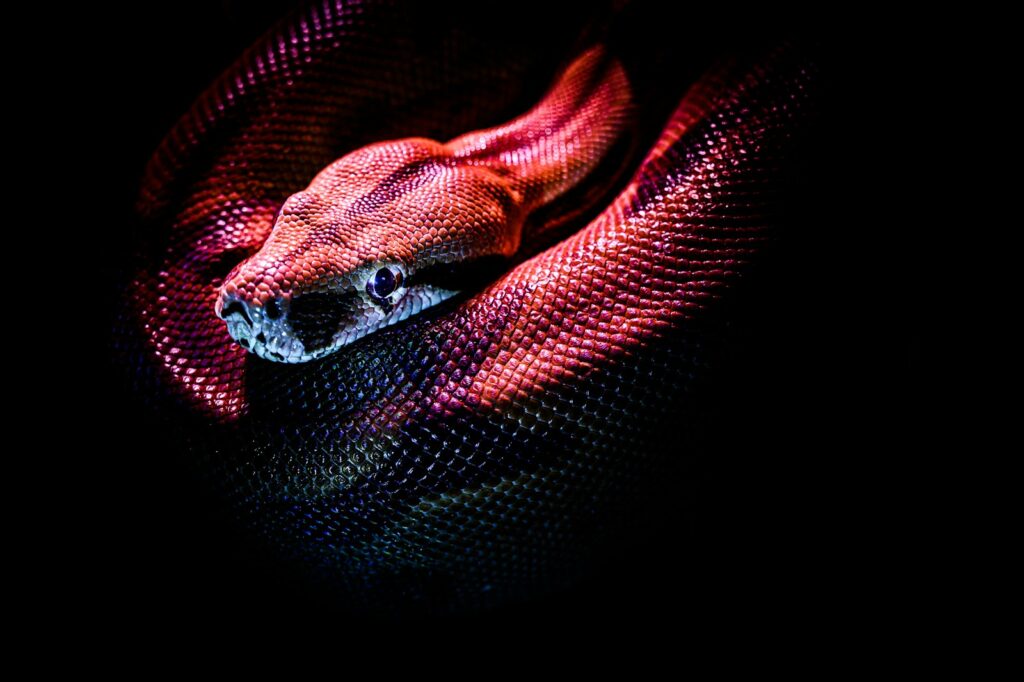
The discovery of biofluorescence in snakes came as a surprise to the scientific community in 2020. Researchers led by Dr. Mark Scherz were studying the properties of chameleon bones when they decided to shine a UV light on various reptiles, including a Madagascar tree boa. To their astonishment, the snake emitted a bright fluorescent glow, prompting further investigation across multiple snake species. This accidental finding revealed that many snake species possess this hidden trait that had gone unnoticed for centuries of scientific study. The discovery immediately raised questions about how widespread this phenomenon might be among reptiles and what evolutionary advantage it might confer to these species.
Understanding Biofluorescence vs. Bioluminescence
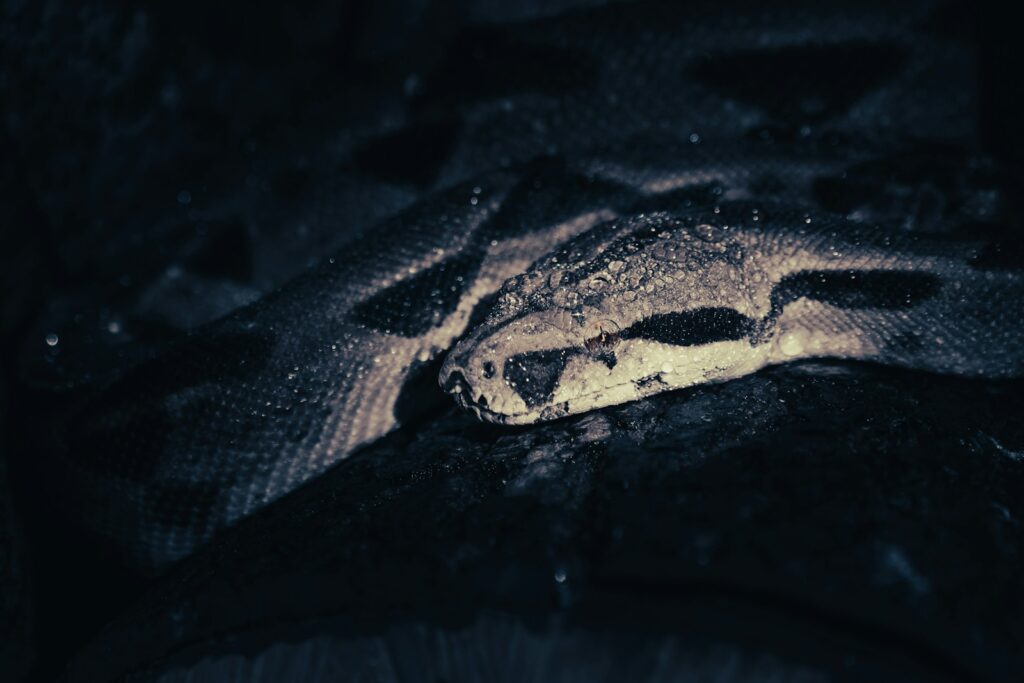
It’s important to distinguish between biofluorescence and bioluminescence, as they represent fundamentally different biological processes. Bioluminescence involves organisms producing their own light through chemical reactions, as seen in fireflies and certain deep-sea creatures. Biofluorescence, by contrast, occurs when organisms absorb light at one wavelength and re-emit it at another, typically longer wavelength. The fluorescent snakes don’t generate their own light; rather, they absorb ultraviolet light that’s invisible to the human eye and transform it into wavelengths visible to humans as glowing blue, green, or red hues. This distinction helps explain why this phenomenon went undetected for so long, as it requires specific lighting conditions to become apparent.
Which Snake Species Glow Under UV Light?
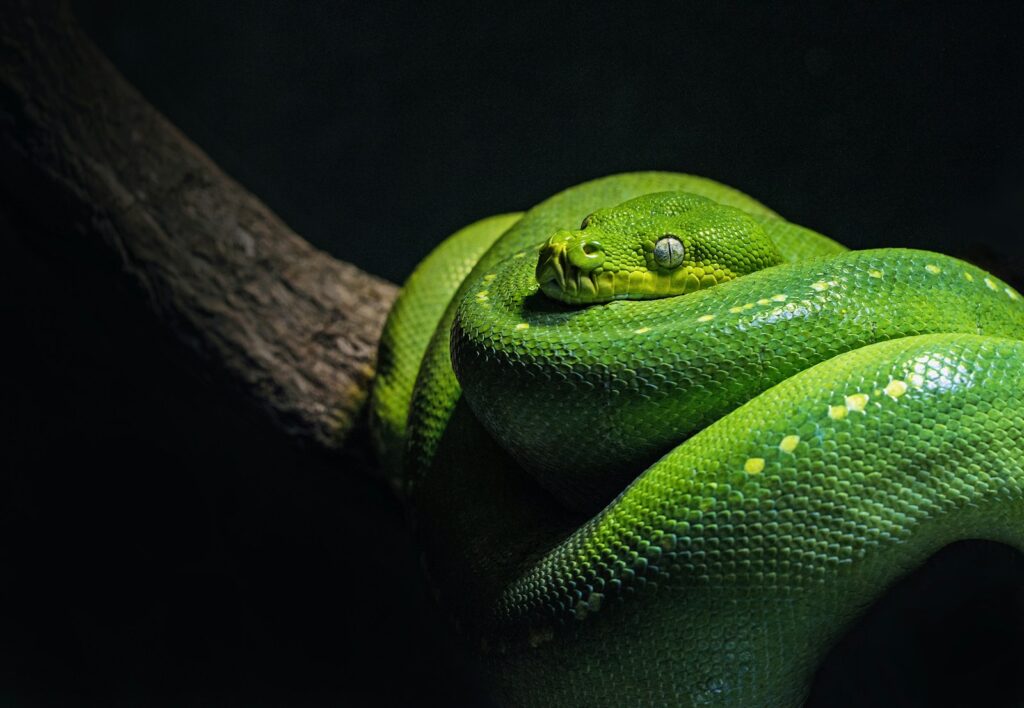
Research has revealed that biofluorescence is surprisingly widespread among snake species. Scientists have documented this phenomenon in numerous families, including boas, pythons, vipers, and colubrids. Some particularly notable fluorescent species include the Madagascar tree boa (Sanzinia madagascariensis), corn snakes (Pantherophis guttatus), and various pit vipers. Each species displays distinctive patterns and intensities of fluorescence, with some showing bright, uniform glows across their bodies while others exhibit more complex patterns that highlight certain anatomical features. The widespread nature of this trait across evolutionarily distant snake families suggests this characteristic either evolved multiple times independently or represents an ancient trait that was present in a common ancestor of modern snakes.
The Science Behind the Glow
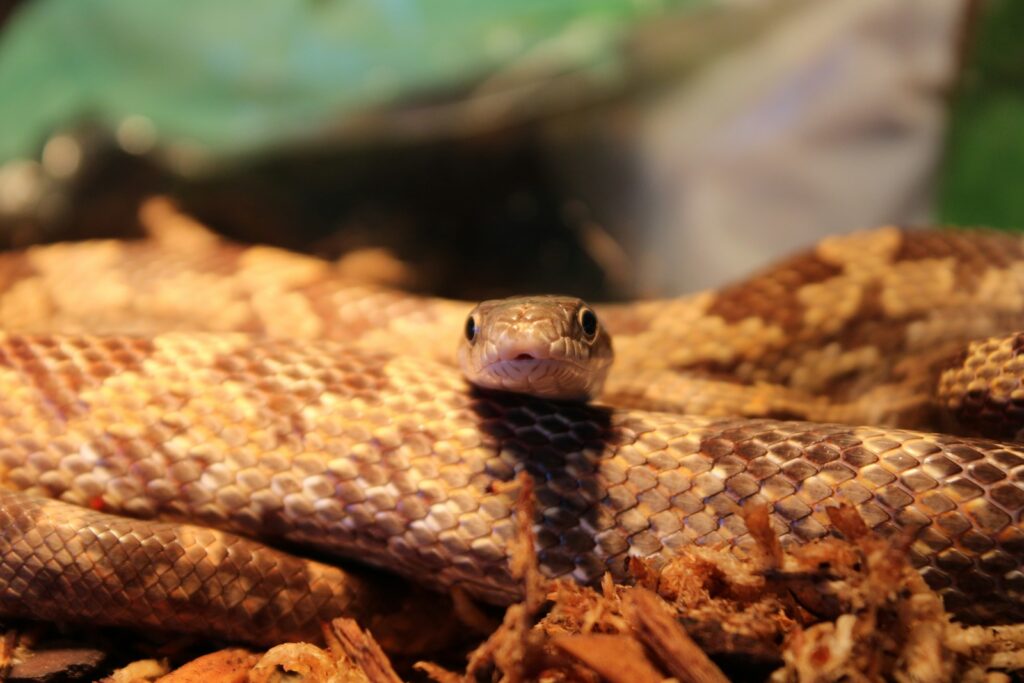
The biofluorescent properties of snakes appear to stem from specific compounds in their scales. These organic molecules, likely specialized proteins or pigments, absorb high-energy ultraviolet radiation and re-emit it as visible light of lower energy. Spectroscopic analysis has shown that different snake species may use different fluorescent compounds, explaining the variation in colors and intensities observed. The chemical structure of these compounds allows them to capture photons of UV light, which excites their electrons to higher energy states, and as these electrons return to their ground state, they release energy as visible light. Interestingly, the precise biochemical identity of all these fluorescent compounds remains an active area of research, with scientists working to isolate and characterize the molecules responsible.
Evolutionary Advantages of Biofluorescence

Scientists continue to debate the evolutionary significance of snake biofluorescence, with several compelling theories emerging. One hypothesis suggests that fluorescence might play a role in intraspecies communication, particularly in low-light environments where UV light penetrates better than visible light. Another theory proposes that fluorescence could serve as camouflage, helping snakes blend into environments that naturally fluoresce, such as certain plants and fungi. Some researchers have suggested that the glow might function as a form of aposematism, warning potential predators of toxicity or danger. Given that many fluorescent snake species are nocturnal or crepuscular, the adaptation may provide advantages during twilight hours when UV light is proportionally more abundant than during bright daylight.
Fluorescence Patterns and Individual Variation

Close examination of fluorescent snakes reveals fascinating patterns that often differ from their visible-light appearance. Some species show uniform fluorescence across their bodies, while others display intricate patterns that highlight specific anatomical features like scales, ridges, or sensory organs. Researchers have documented considerable variation between individuals of the same species, with differences in fluorescence intensity and pattern that might relate to age, sex, or individual genetic factors. These variations could potentially serve as individual identifiers within snake populations, similar to fingerprints in humans. Some species even show changes in their fluorescence patterns during different life stages or seasons, suggesting the trait might play various roles throughout their lifecycle.
The Role of UV Vision in Snake Ecology
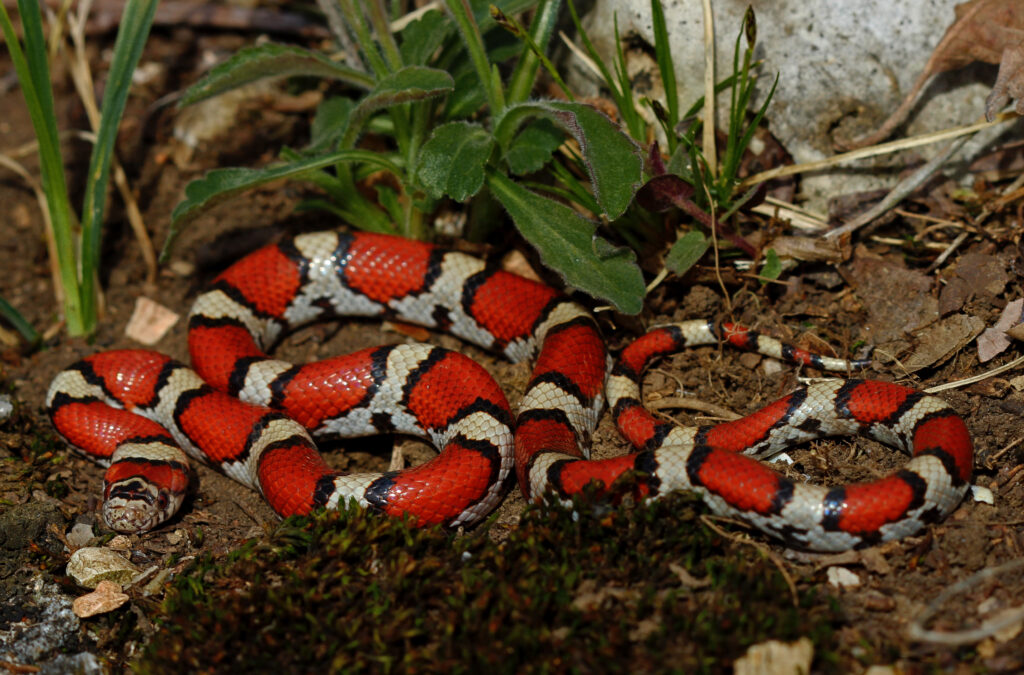
The discovery of widespread biofluorescence raises important questions about snake vision and perception. While humans cannot see ultraviolet light without special equipment, many animals—including some snakes—possess UV vision capabilities. This suggests that snakes might be able to perceive their own fluorescence or that of other snakes. Research into snake visual systems indicates that some species possess retinal structures capable of detecting UV wavelengths, though the extent of this ability varies among species. This potential for UV perception adds a dimension to snake ecology that scientists are only beginning to understand, suggesting that snakes may experience their world in ways fundamentally different from human perception.
Biofluorescence Across Different Habitats
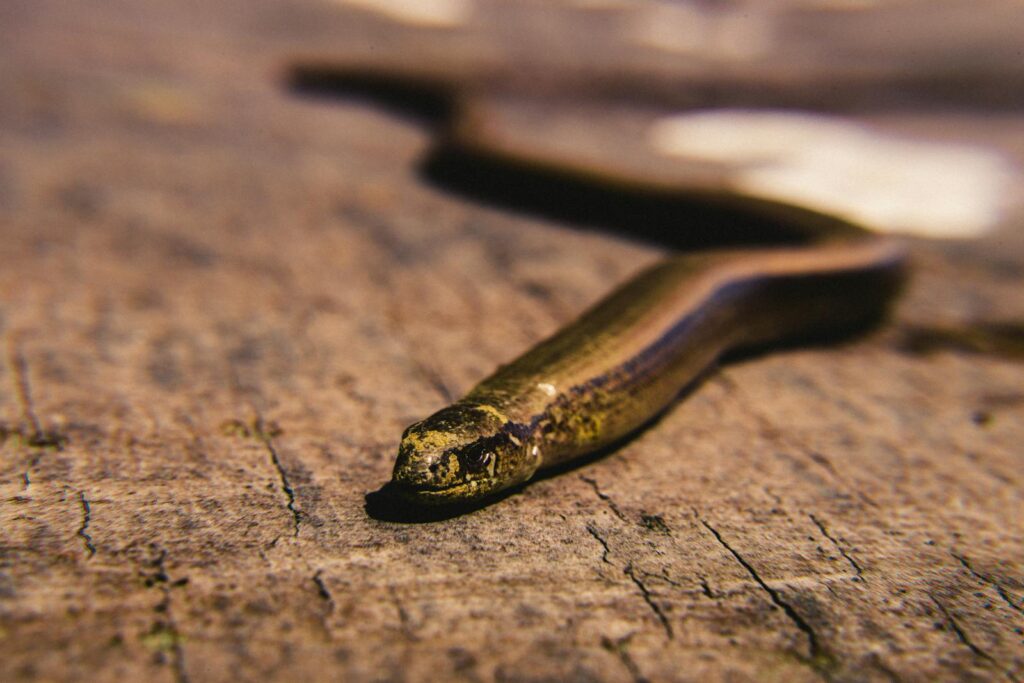
Intriguingly, biofluorescent snake species inhabit diverse environments across the globe, from tropical rainforests to arid deserts. Researchers are investigating whether habitat-specific patterns exist in the distribution and intensity of snake fluorescence. Preliminary findings suggest that snakes from certain habitats may exhibit different fluorescent properties, potentially related to the ambient UV light conditions in their environments. For instance, some forest-dwelling species that live under dense canopies display particularly bright fluorescence, possibly because the forest floor receives filtered light with proportionally more UV radiation. By contrast, desert species might use fluorescence differently, perhaps for thermoregulation or to stand out against the sandy background during twilight hours.
Practical Applications of the Discovery
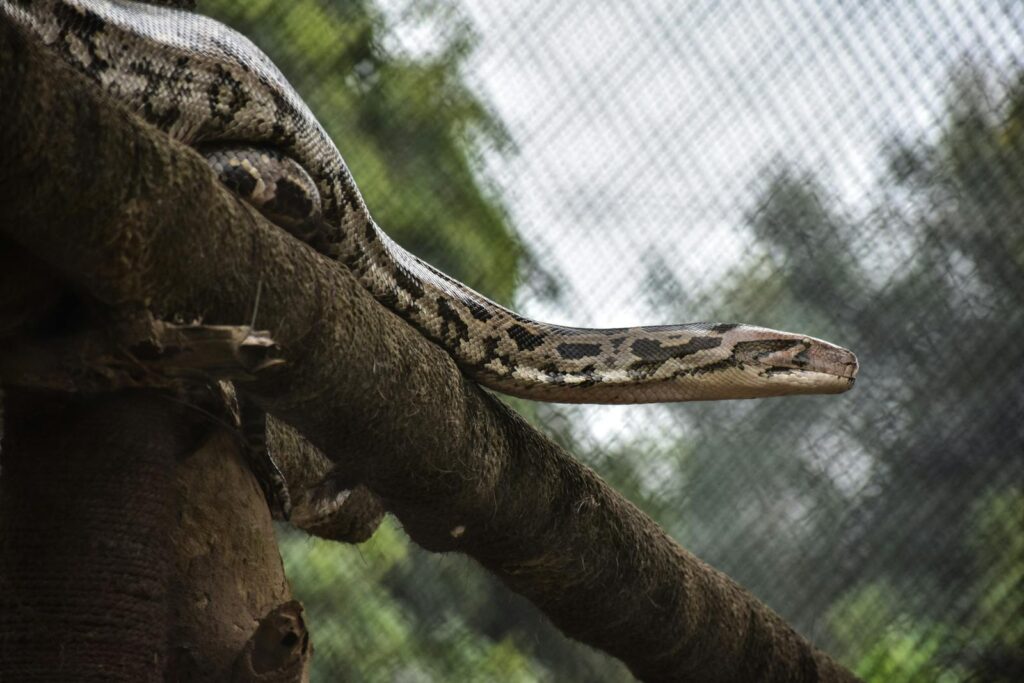
The discovery of fluorescent snakes has potential applications beyond pure scientific interest. Wildlife management professionals are exploring the use of UV lights to conduct more effective reptile surveys, as the fluorescence makes certain species much easier to spot in their natural habitats. This technique could prove especially valuable for monitoring rare or cryptic snake species that are difficult to detect using traditional survey methods. Medical researchers are also interested in the fluorescent compounds themselves, as similar molecules have applications in biomedical imaging and diagnostics. Additionally, understanding snake fluorescence could inform the development of new anti-counterfeit technologies, as the complex fluorescent patterns are difficult to replicate artificially.
Observing Fluorescent Snakes in Captivity
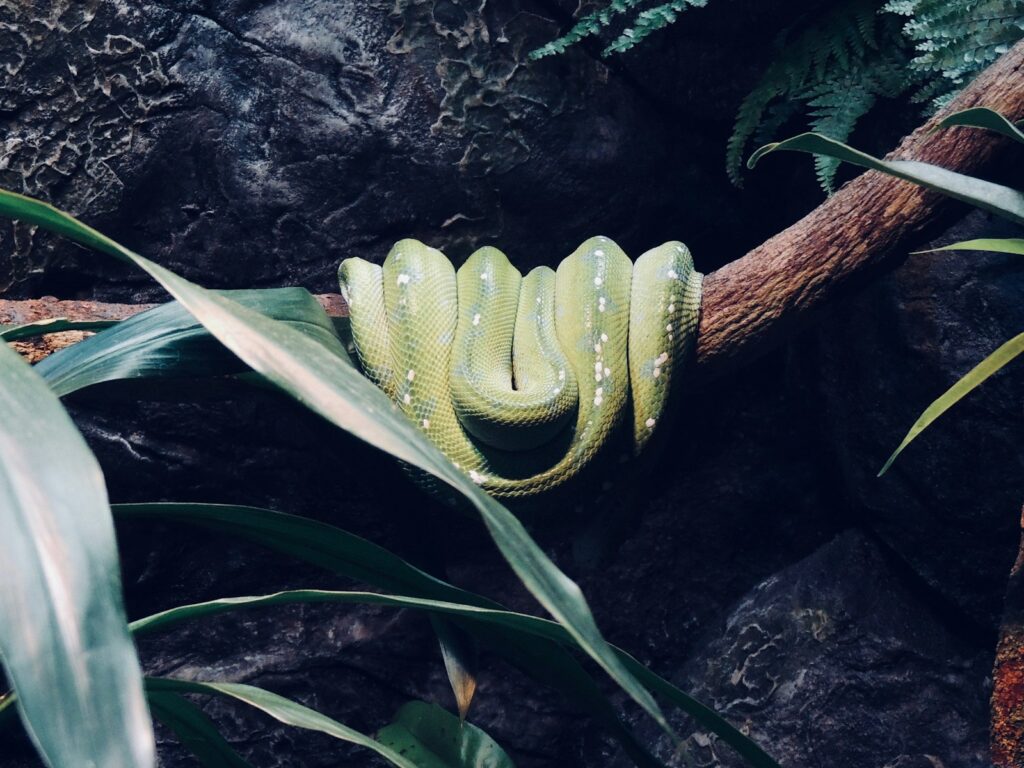
For reptile enthusiasts, observing the fluorescent properties of pet snakes has become an engaging educational activity. With a proper UV flashlight (typically in the 365-395nm range) and appropriate eye protection, snake owners can safely observe this hidden feature of their pets. The experience offers a unique perspective on snake biology and can enhance appreciation for these often misunderstood animals. However, experts caution that UV exposure should be brief and controlled, as prolonged exposure could potentially harm the snake’s eyes or skin. Those interested in observing snake fluorescence should also ensure they’re using UV lights specifically designed for this purpose, as some UV sources can emit harmful radiation.
Conservation Implications

The discovery of biofluorescence in snakes may have significant implications for conservation efforts. Understanding this biological trait could help researchers better track and monitor snake populations in the wild, particularly for endangered species. The unique fluorescent signatures of different species might allow for non-invasive identification methods that cause minimal disturbance to the animals. Additionally, knowledge of how snake fluorescence interacts with habitat characteristics could inform conservation planning, especially as habitats face changes due to human development or climate change. If fluorescence serves important biological functions, habitat alterations that affect ambient UV light conditions could impact snake populations in ways previously unconsidered.
Ongoing Research and Future Directions
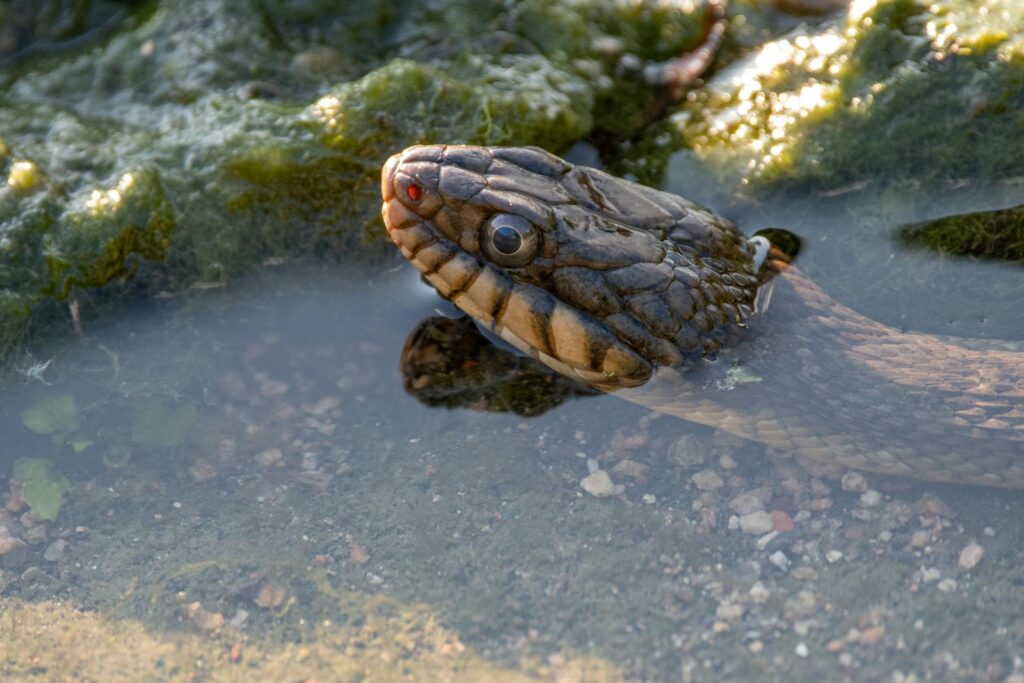
The field of snake biofluorescence remains in its infancy, with numerous questions awaiting answers. Current research directions include comprehensive surveys to determine the full taxonomic distribution of fluorescence among snake species, detailed biochemical analyses to identify the specific compounds responsible, and behavioral studies to determine whether snakes can perceive and respond to fluorescent signals. Scientists are also investigating potential correlations between fluorescence and other snake characteristics, such as venom composition, activity patterns, or reproductive strategies. Technological advances in imaging and genetic analysis promise to accelerate this research, potentially revealing how fluorescence genes evolved and spread throughout the snake family tree.
The Broader Context of Animal Fluorescence
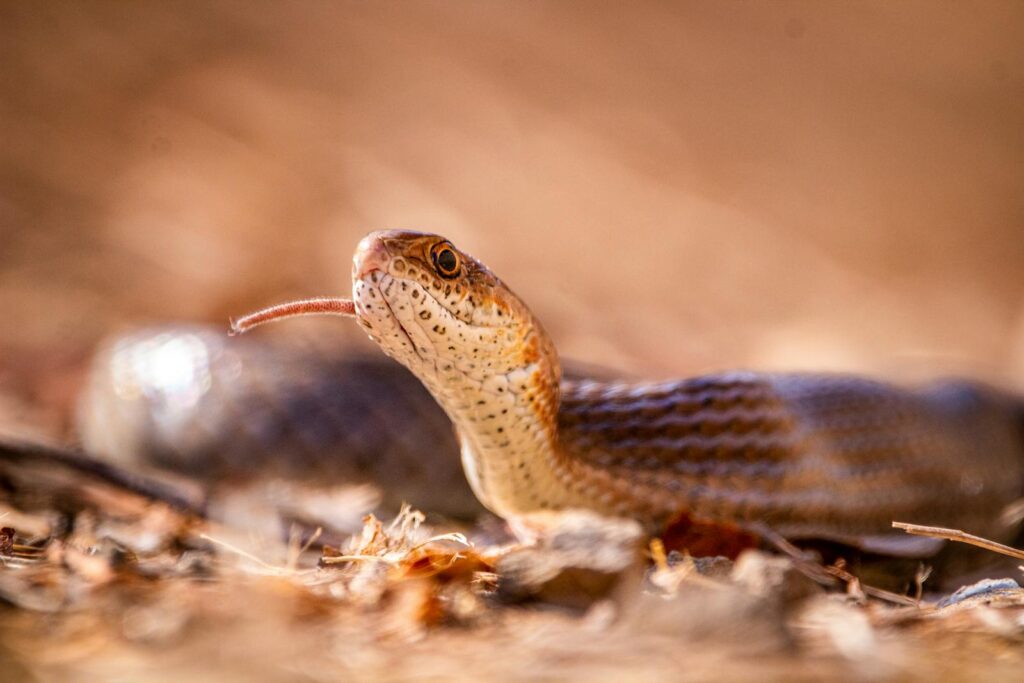
Snake biofluorescence fits into a broader pattern of fluorescence discovery across the animal kingdom. In recent years, scientists have documented biofluorescence in a surprising array of organisms, from marine creatures like jellyfish and corals to other terrestrial vertebrates including frogs, chameleons, and even some mammals like platypuses and flying squirrels. This widespread distribution suggests that fluorescence may serve important biological functions across diverse animal groups, or that the biochemical mechanisms underlying fluorescence evolved easily and repeatedly. The study of snake fluorescence thus contributes to our understanding of convergent evolution and the diverse ways animals have adapted to perceive and interact with their environments using the properties of light.
Conclusion
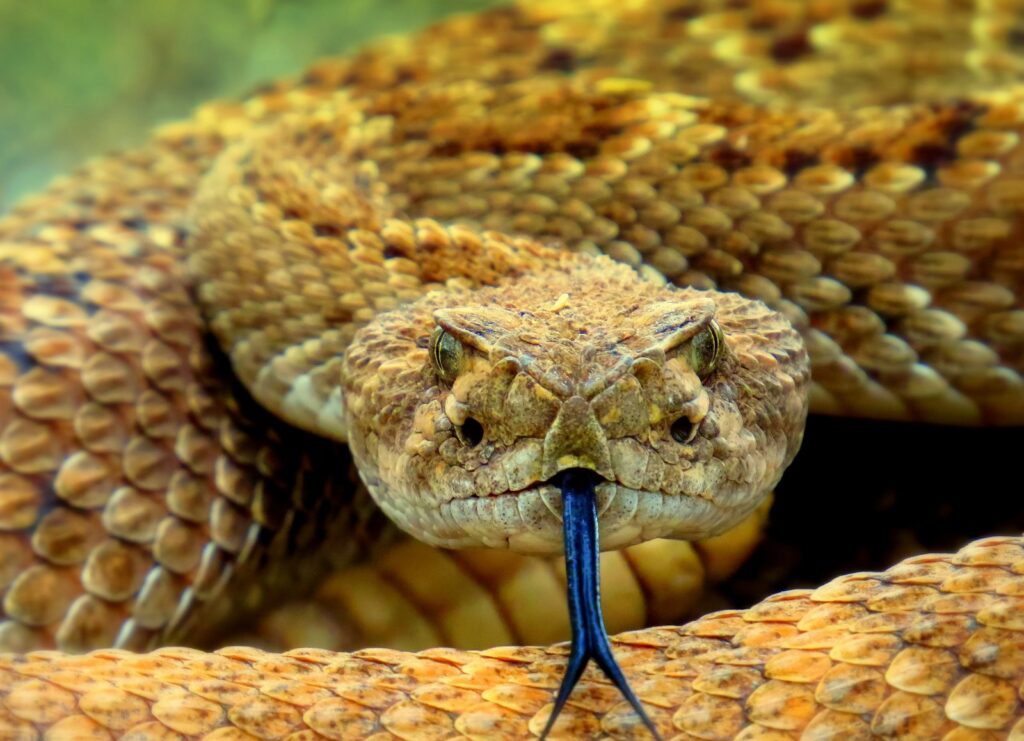
The discovery that many snake species glow under ultraviolet light has illuminated an entirely new dimension of reptile biology. This hidden feature, invisible to the human eye under normal conditions, reminds us that the natural world contains countless marvels still awaiting discovery. As research continues to unravel the mechanisms and meanings behind snake biofluorescence, we gain not only scientific knowledge but also a deeper appreciation for the complexity and beauty of these remarkable creatures. Whether serving as communication signals, camouflage, or fulfilling some other biological role yet to be understood, the fluorescent capabilities of snakes exemplify the extraordinary adaptations that have evolved through millions of years of natural selection. In the glow of ultraviolet light, these reptiles reveal another chapter in the ongoing story of life’s remarkable diversity.

